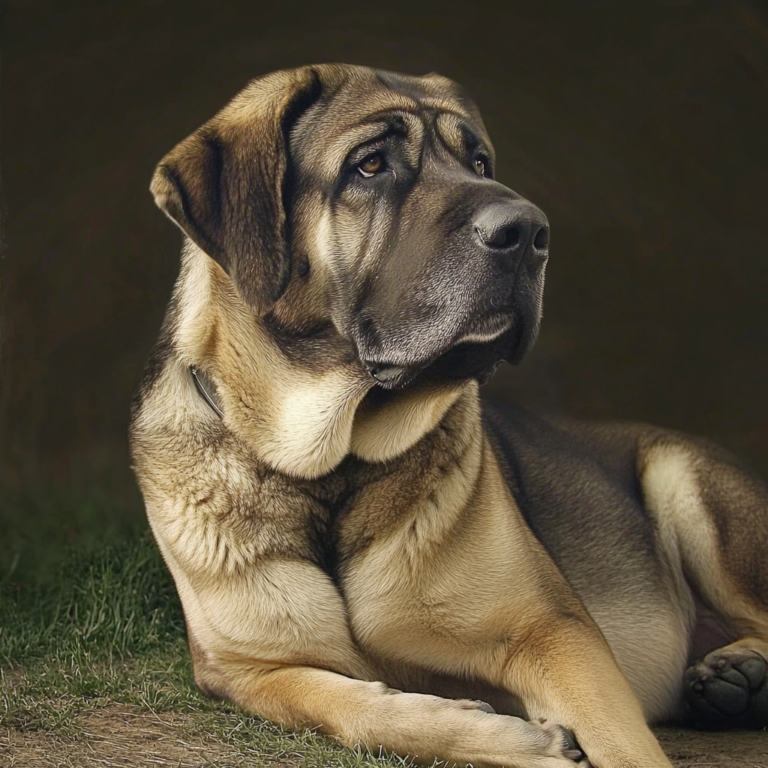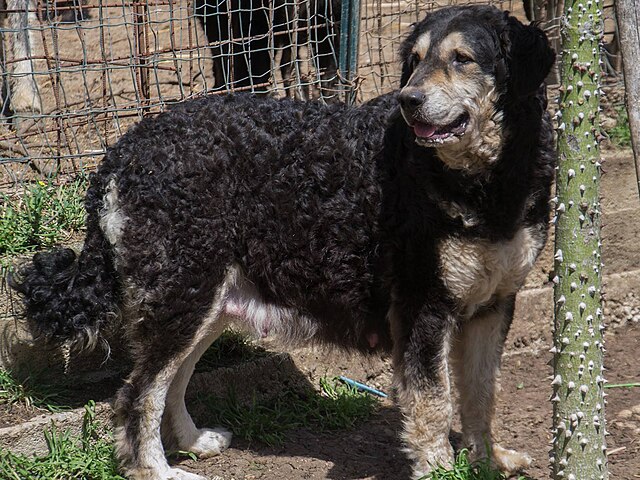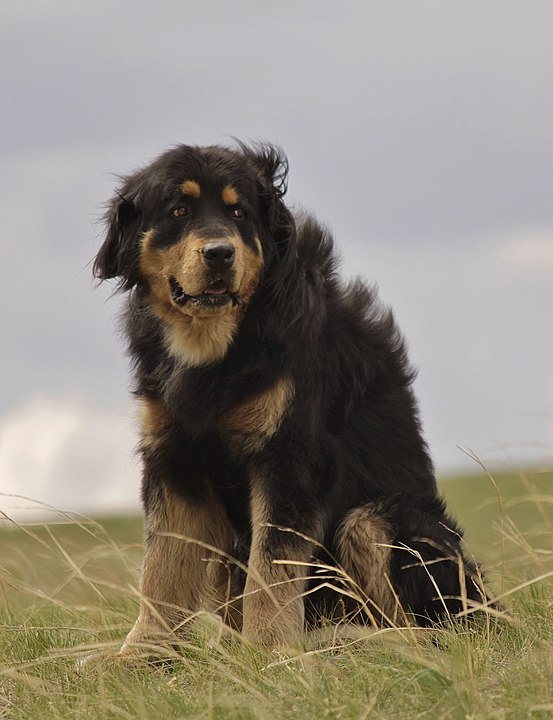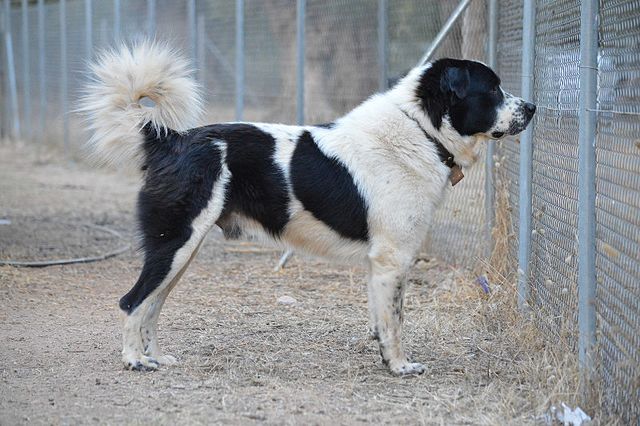The Central Asian Shepherd Dog has been used for guarding both flocks of animals as well as people, so it comes as no surprise that he is exceptionally brave and self-assured. He is also fairly self-sufficient, often being tasked with deciding on his own who is friend and who is foe. Because he is a giant breed (males often reach well over 100 pounds) with strong guard dog instincts and an independent nature, he is not a dog for a first-time dog owner!
Make no mistake – the Central Asian takes his guarding duty very seriously! A highly territorial nature goes along with these instincts. He was originally tasked with guarding people and their possessions, so he will protect his family with his life. While this may seem like a great highlight of the breed, it also means that the owner has a lot of responsibility. For the life of the dog, the owner must provide rigid structure, regular life-long obedience training, and constant supervision whenever the dog is around other people. Many Central Asians take issue with people coming over to the house – so this is definitely not the dog for those who like to throw big parties! While some classify him as a livestock guarding dog, he only guards livestock if it’s in his territory – just as he will guard anything in his territory. This may include guarding the car from the UPS driver or other similar circumstances. The breed is not for the faint of heart!
Although the Central Asian Shepherd is a fairly low-active dog in the house, they do need regular exercise such as a daily walk. Despite their fairly big frame, some people are surprised to learn that they are up to long physical tasks and have no problems with hiking. They do best in homes with a fenced yard in which they can stretch their legs between exercise sessions. Keeping them behind a fence or on-leash when out in public is part of the responsibility that an owner must commit to. And when it comes to fencing… anything less than a 6 foot fence is no match for a Central Asian.
The CAS was developed through natural selection rather than being man-made. As such, there can be a bit of variation in appearance. This said, most members of the breed have a thick undercoat that will shed profusely once a year – and may seem almost unending! Other than this shedding period, the breed is low maintenance when it comes to grooming. Unlike many other molosser breeds, they don’t drool. They are also a fairly healthy and hardy breed, with many individuals living 14-15 years – often unheard of in dogs of this size! Sometimes hip dysplasia, elbow dysplasia and crippling ACL can occur, although no breed (or mix breed) is immune to the possibility of health issues.
The Central Asian is intelligent, although very independent, and therefore is more difficult than other breeds to train. While the guarding nature of the dog comes naturally and needs no additional training, he definitely requires obedience – more than most breeds, in fact. The training must begin while he is still young and manageable, and be combined with extensive socialization. He must be taught that boundaries should never be crossed. Central Asians were not bred to follow orders. While he should never be allowed to make his own rules, he may need extra time to understand the concept of following commands. Selective deafness is one of the more common ways that he may show his stubborn side – yes, this breed is prone to blowing off commands. He needs a trainer that understands how to work with these traits.
Although they can be quiet in the right households, many CAS can be very vocal in certain situations. Dogs who are kept outside all night are some of the worst offenders, but dogs living in cities or other densely populated areas have also been known to be problem barkers. This is not the best breed for those who have neighbors who might complain about noise. Another possible pitfall is the fact that the breed is big on digging and can create giant craters in the yard.
The Central Asian Shepherd Dog isn’t a typical “family pet”, although can make a great companion if all of his needs are met. He tends to get along well with children and other pets in the family (dogs, cats, small animals and livestock alike) if introduced early. A note should be made, however – he is very dominant and may not take well to new dogs introduced to the family later in the Central Asian’s life – especially if the new dog is also vying for the dominant position in the pack. Neither is he a good candidate for dog parks for similar reasons. Although aloof with strangers (at best), he is extremely loyal and loving to his family, and will show a lot of affection for them in his daily interactions.




